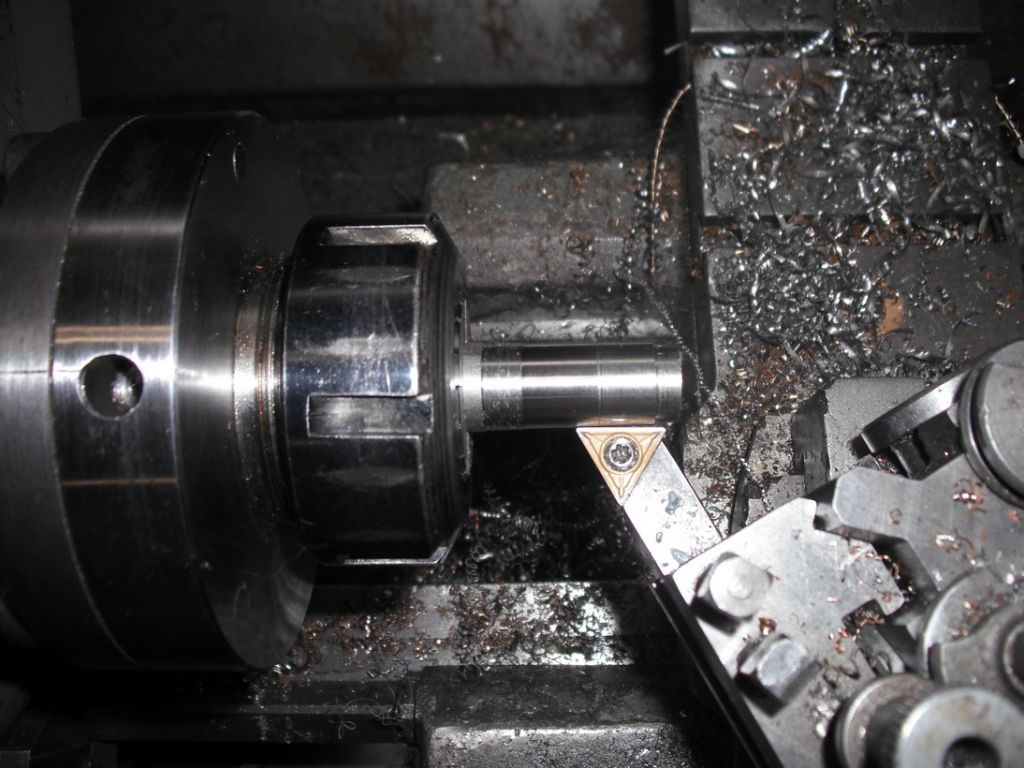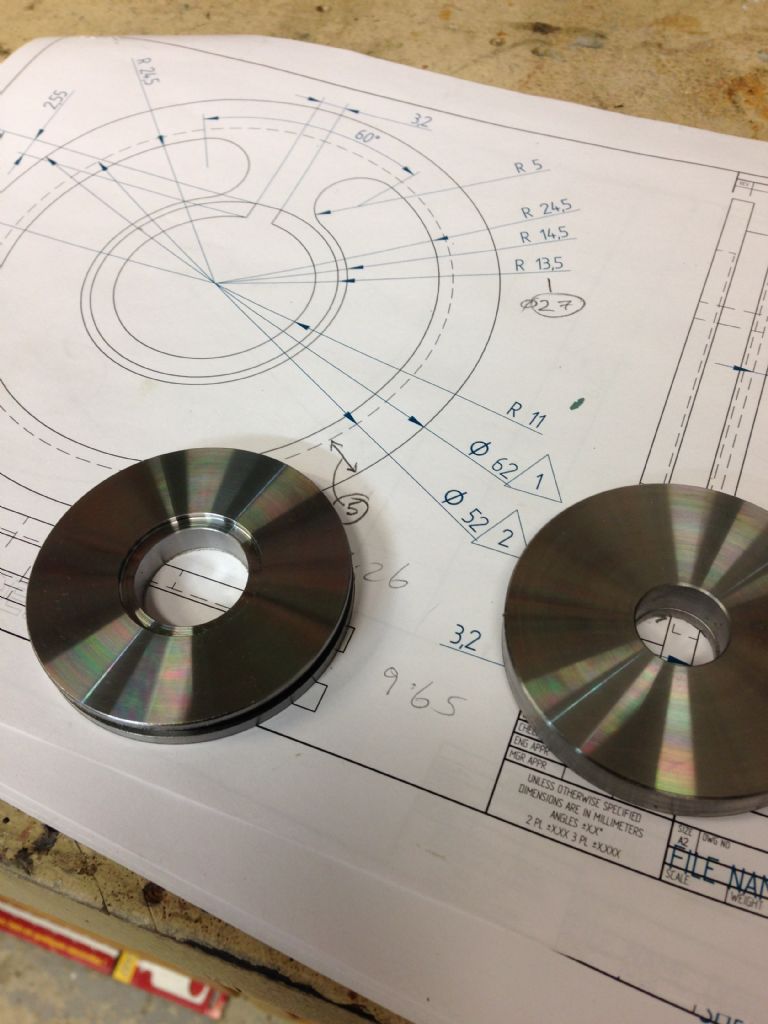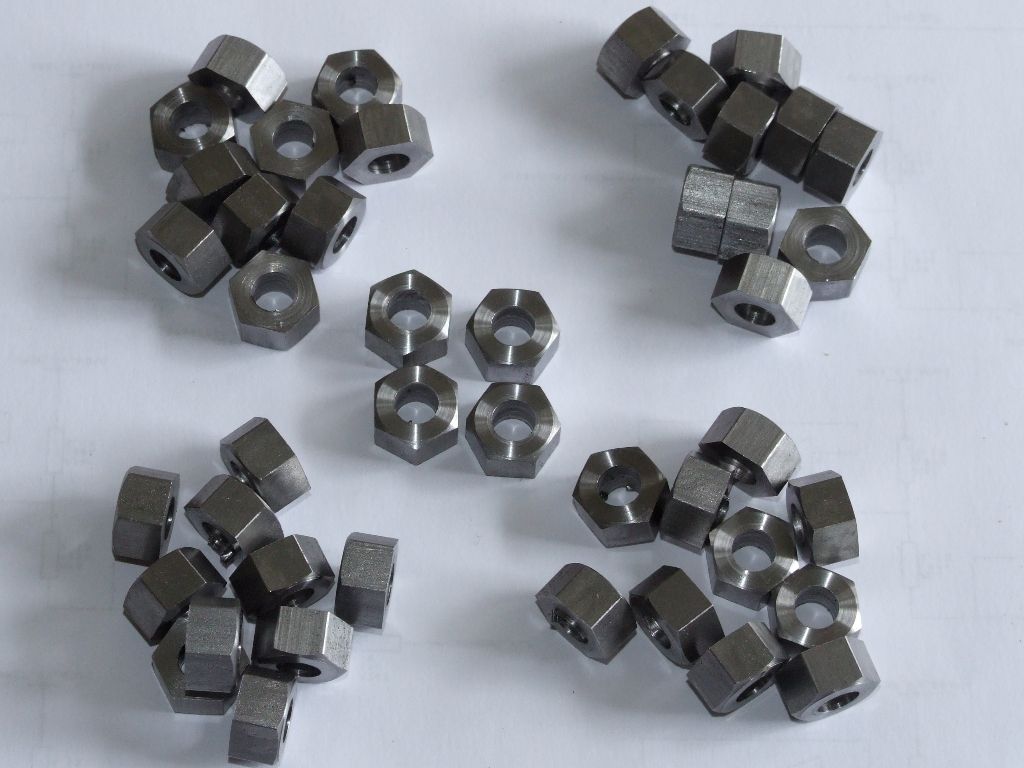How to get a better Finish
How to get a better Finish
- This topic has 68 replies, 32 voices, and was last updated 22 September 2015 at 10:20 by
 Michael Gilligan.
Michael Gilligan.
- Please log in to reply to this topic. Registering is free and easy using the links on the menu at the top of this page.
Latest Replies
Viewing 25 topics - 1 through 25 (of 25 total)
-
- Topic
- Voices
- Last Post
Viewing 25 topics - 1 through 25 (of 25 total)
Latest Issue
Newsletter Sign-up
Latest Replies
- Depth of cut cowells me90
- Rotary table Chuck mounting.
- Boiler Design – issue 4765
- Pre-Setting 4-Jaw Chucks Hack for Quick Centering
- Help recommend a milling machine?
- Bandsaw vs Powered Hacksaw vs Chop Saw?
- Save your Swarf!
- Cutting down a linear glass DRO encoder
- UK Steel Supplier? 125 x 125 x 50 BMS
- Smart Meter Change-over Problems






 When he asked me how I got on just said fine and he looked surprised and walked away. I think the piece is still in the garage. At times it might be useful to know what it was.
When he asked me how I got on just said fine and he looked surprised and walked away. I think the piece is still in the garage. At times it might be useful to know what it was.

